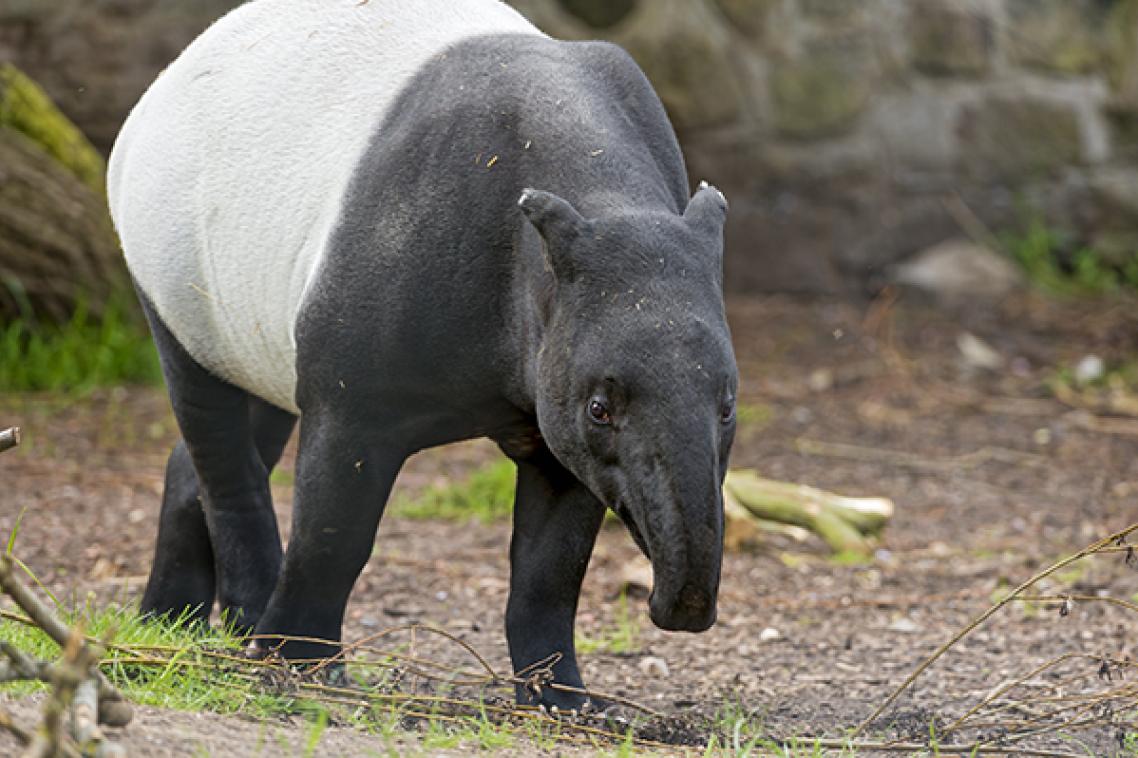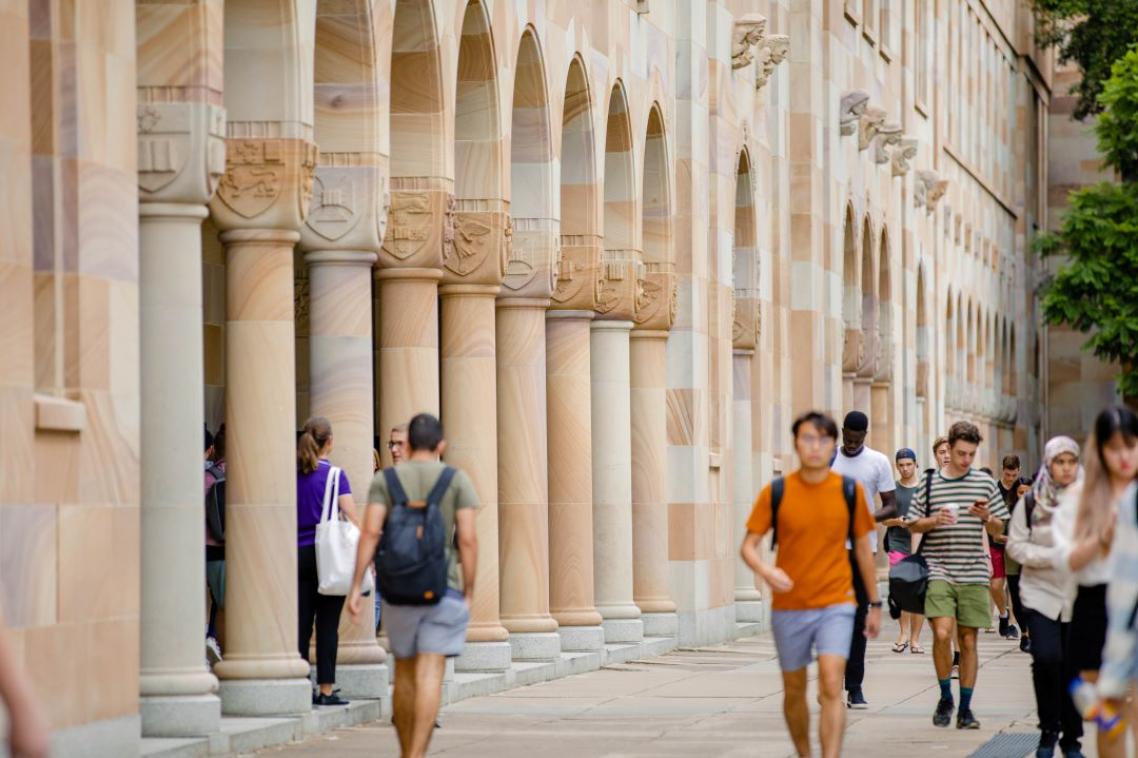Human footprint driving mammal extinction crisis

Human impacts are the biggest risk factor in the possible extinction of a quarter of all land-based mammals, according to a University of Queensland study.
Researchers compared a 16-year trend in the global human footprint with the extinction risk of around 4500 land-based mammal species.
UQ School of Earth and Environmental Sciences Adjunct Fellow Dr Moreno Di Marco said the analysis redefined how we looked at mammal extinctions.
“We live in an era when one in every four mammal species is at risk of going extinct,” he said.
“But with more than 5600 mammal species globally, it’s time consuming and expensive to track the changes for every species.
“To get a clearer idea of what’s systematically leading to these declines, we decided to combine mapping of human pressures with extinction risk assessment data for mammal species.”
The researchers found that human footprint was linked strongly to extinction risk change for land-based mammals – more than any other variable they tested.

“In terms of conservation efforts, it makes us look twice at what high-impact human activities really are, since even seemingly low-level impacts are decimating species.”
UQ’s Professor James Watson said the findings were invaluable for future conservation efforts.
“What we’ve created has huge potential to provide rapid assessment of species extinction risk, without having to go through extensive expert consultation every time,” he said.
“It has the potential to change how we assess biodiversity conservation status globally.
“The international community has a mission to prevent the decline of species, and this research will assist in the critical job of prioritising actions for minimising species extinction risk.
“They need to see the big picture, before it’s too late.”
The study has been published in Nature Communications (DOI: 10.1038/s41467-018-07049-5).
Image above left: Anthropogenic modification of natural habitats is the main driver of mammal species decline globally.
Media: Dr Moreno Di Marco, moreno.dimarco@gmail.com, +61 422 156 585; Professor James Watson, james.watson@uq.edu.au, +61 409 185 592; Dominic Jarvis, dominic.jarvis@uq.edu.au, +61 413 334 924.
Related articles

Should you consent to your doctor using an AI scribe? Here’s what you should know.

$1.85 million boost for UQ research projects
Media contact
UQ Communications
communications@uq.edu.au
+61 429 056 139
